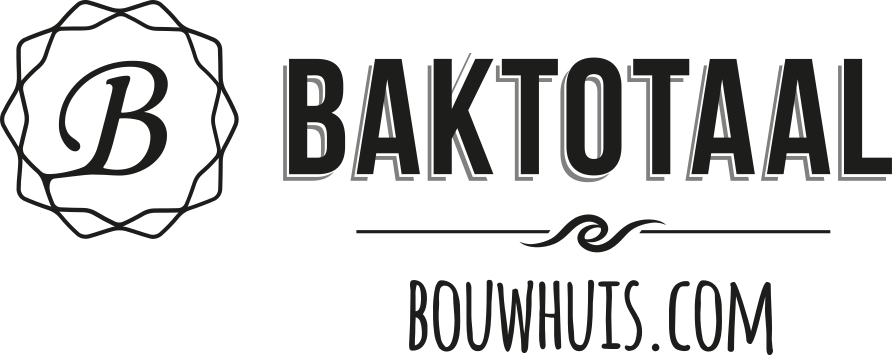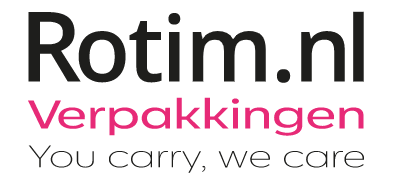
The end of the academic year is especially strenuous, with multiple deadlines and zero motivation. But have no fear, the Editorial Committee has compiled eight of our favourite tried and tested tricks to help you end the academic year on a great note.
Setting the Scene
Tip 1: Setting a Morning Ritual
Your morning routine will set the tone of your day and help you change your habits. It is important that your morning ritual leaves you feeling energized and motivated for the day ahead. Some of the most popular morning rituals include making your bed, journaling or meditating.
In his 2014 speech, William H. McRaven talks about how you can change the world by making your bed first. This is because by making your bed you have accomplished your first task of the day and therefore this encourages you to do another task.
There are two interesting methods of journaling: 1. The gratitude diary and 2. The morning pages. A gratitude diary can ensure you start your day off on a positive note. All you need to do is grab a notebook and a pen and write down three things you are grateful for that happened the previous day or three things you are looking forward to. The morning pages on the other hand encourages you to fill the pages of your notebooks with anything that comes into your mind, whether you want to complain, concern or something positive. The idea behind morning pages is that you write what is in your mind and then let it go and start the day with a fresh mind.
Meditating is another really great way to start the day. However, meditating can seem daunting. Apps like Headspace make the process much easier.
Additionally, a morning ritual can be something as easy as opening the windows as soon as you wake up.
Tip 2: Find your ideal study area
Studying or working from home can be tough. There are so many tips about setting up a perfect working area at home such as placing your desk in an area with lots of sunlight or having all your work materials near you to ensure you don’t need to get up often.
However, working from home doesn’t work for everyone. Luckily, the University of Groningen, Hanze and the Forum have begun opening up study spots by appointment.
Tip 3: Create your ideal working ambience
Whether you will continue working from home or from a study spot, having a working ambience can really boost your productivity. Playlists and podcasts can help tailor an ambience to your liking. There
are numerous playlists on Spotify for those of us who want to listen to cafe music. Additionally, Coffivity has a bunch of playlists that can make your workplace sound like your favourite cafe or even a University coffee corner.
Let’s get to work!
Tip 4: Eat the frog
Everyone has the one task on their to-do list that they absolutely despise. The “eat the frog” method encourages you to do this task first. The idea is that you do this task and get it out of the way as soon as possible instead of leaving it for last, procrastinating and then feeling dreadful about having to do this task.
Tip 5: Eisenhower Matrix
The Eisenhower Matrix is a tool that can help you prioritise tasks in order to become more productive and efficient. The Eisenhower Matrix asks you to divide your tasks into four sections: 1. Urgent and important, these are the tasks you will do first. 2. Important but not urgent, these are the tasks you will do later. 3. Urgent, but not important, these are the tasks you can delegate to someone else. 4. Not urgent nor important, these are tasks you don’t have to do.
Tip 6: The Goldilocks Rule
The Goldilocks Method encourages you to do tasks that are not too hard but not too easy, but are “just right” in order to boost your productivity and motivation. Once you have done your “just right” tasks, you can start doing things that are slightly harder.
Tip 7: Pomodoro Method
This is a classic tip for boosting productivity. The Pomodoro Method encourages you to work on a task for a set amount of time (traditionally 25 minutes). At the end of this time period you get a 5 minute break, after which you continue your work. After four sessions (e.g. four 25 minute sessions), you can take a longer break (traditionally 15 minutes). According to Francesco Cirillo, the creator of the method, the idea is that the timer creates a sense of urgency that encourages you to finish your tasks.
Tip 8: Get an accountability buddy
Our final tip is to get an accountability buddy to check in on you and encourage you to do your work. This is especially useful because you can use your buddy’s check-in as a deadline for your work as this will also instil a sense of urgency.










